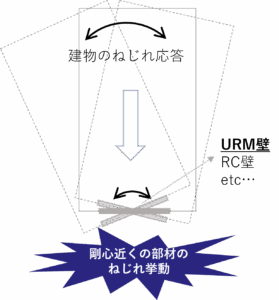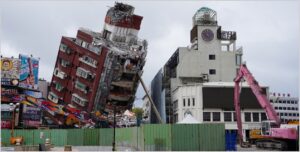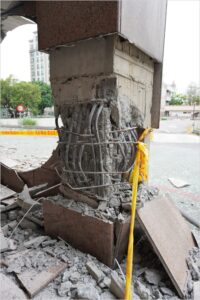FACULTY
教員紹介
FACULTY

Associate Professor
SUZUKI Tomomi
鈴木 有美 准教授
建築耐震工学研究室
Earthquake & Structural Engineering Laboratory
専門
鉄筋コンクリート構造、建築構造、耐震工学
Reinforced Concrete Structures, Structural Engineering, Earthquake Engineering
研究の概要説明
鉄筋コンクリート造建物の地震時の挙動に関する現象の把握と問題の解明、解決策としての補強手法の提案をすることで、既存建築の長期的活用や社会の災害レジリエンスの向上を目指しています。
My research focuses on enhancing the long-term performance of existing buildings and promoting disaster resilience by studying the seismic behavior of reinforced concrete structures, identifying associated problems, and proposing retrofit methods as solutions.
現在の研究テーマ
・無補強レンガ造壁を内蔵する鉄筋コンクリート架構のねじれ性能にあ関する研究
・非対称の地震応答をによる鉄筋コンクリート構造部材の残余性能えの影響評価
・コストとロス評価を取り入れた耐震補強ガイドライン立案の為の基礎研究
・被災後の鉄筋コンクリート造建築の復旧に関する研究
・Seismic torsional behavior of reinforced concrete frames with unreinforced masonry infill walls
・Evaluation of residual performance of reinforced concrete members under asymmetric seismic responses
・Fundamental study for developing seismic retrofit guidelines incorporating cost and loss assessments
・Research on post-earthquake recovery of reinforced concrete buildings
研究室サイト
-
建築耐震工学研究室
広大研究者総覧
研究・プロジェクト内容
レンガ壁を内蔵した鉄筋コンクリート造架構のねじれ性能評価
海外のコンクリート造建築で多用されているレンガ造壁と取り囲む鉄筋コンクリート造架構のねじれ挙動に着目し、構造実験と数値解析の両面から分析を続けています。
Torsional performance evaluation of reinforced concrete frames infilled with brick masonry walls
Focusing on the torsional behavior of reinforced concrete frames with masonry infill walls, which are commonly used in concrete buildings overseas, our research combines structural experiments and numerical analyses to investigate their seismic response.

-300x225.jpeg)
国内外の地震被害調査結果を用いた既存建築の耐震性能評価と補強方法の検討
近年発生した大地震後に実施した被害調査のデータをもとに建物の損傷や耐震性能残存率の把握や数値解析による被災建物の地震応答と耐震性能の評価を行っており、解析データをもとにより良い耐震補強方法を検討しています。
Seismic performance assessment of existing buildings based on post-earthquake damage surveys conducted in Japan and abroad and developing seismic retrofit methods
Based on damage survey data collected after recent major earthquakes, our research evaluates building damage and residual seismic performance, and uses numerical analyses to assess the seismic response and performance of affected structures. These analytical insights are then used to explore more effective seismic retrofit strategies.

